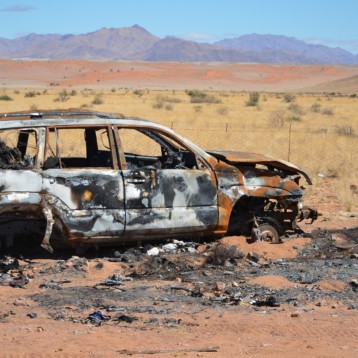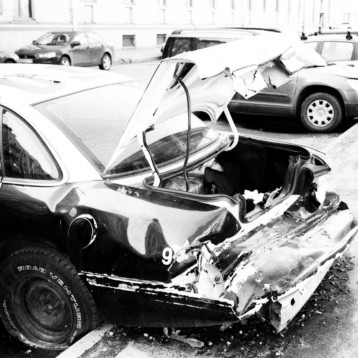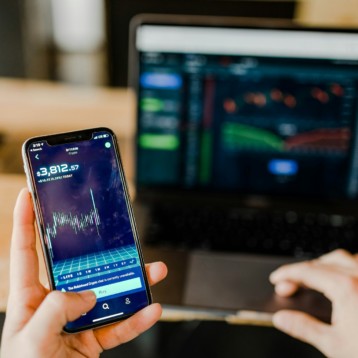
We often refer to things as the future of an industry. When it comes to police work, technology has brought the justice system into the future on multiple occasions. When DNA testing became commonplace, multiple crimes that were previously unsolved were brought back to the table. Standardized communication methods make it hard for a criminal to hide.
Photogrammetry is another technological development that may just be the future of police work. With its applications already in use in various scenarios, one might even say the future is here.
What is Photogrammetry?
In simplest terms, a photogrammetry is a form of measurement between two points using photography. The practice of using photography as a form of measurement is nothing new, but the technological capabilities of the millennium are. Using modern photographic technology, such as DSLR cameras, drones, and even smartphones, a series of images can be turned into a 2D or 3D model through the matching of thousands of data points.
Photogrammetry has numerous applications. Archaeologists use it to create models of artifacts while architects use it to create models of buildings. Even video game developers and Hollywood have been known to use photogrammetry to bring their creative vision to life. While a convenient tool for many, in law enforcement photogrammetry, goes beyond convenience to assist with solving crimes.
Accident Reconstruction
When an accident takes place, the police are responsible for ensuring people are safe and that the roads become accessible as quickly as possible. With the enhanced pressure on the timeline, accident reconstruction becomes a valuable tool. It is essential for the law enforcement officials on the scene of an accident to accurately document what happened as the incident may end up in court.
Using a camera from various angles is the quickest way to document a scene. Using photogrammetry software, the accident can be recreated from the photos and evidence markers collected by the police responding to the accident. Photos may not only depict the damage incurred by vehicles but tire marks on the road and environmental conditions at the time of the incident.
Crime Scene Measurement
In the unfortunate incident of a violent crime, the forensics team will be responsible for taking hundreds of photos of the scene from different angles. The photos may be zoomed out shots of the room as a whole, as well as focused shots on weapons, damage to the area, and the victim. Once the scene is documented, it must then be cleaned thoroughly. If the crime took place in a public setting, it wouldn’t be long before the scene is tampered with regardless.
Having these photos allows detectives and forensic to revisit the scene and try and determine what took place. Something may arise in an autopsy that wasn’t apparent during the initial inspection of the scene but adds context to the photos later. By using photogrammetry, investigators can create a realistic rendering with accurate measurements to determine bullet trajectories, footprint shoe sizes, the fine print on a bullet cartridge rim, and more. This advanced method of revisiting the scene can increase the likelihood of solving the crime.
Street Cameras
Unfortunately, law enforcement officials don’t always find out about an incident in time to protect the scene. This is when other cameras, such as street cameras, come in handy. By combining footage taken from various sources, law enforcement agencies can determine what happened before an accident took place. For example, the location of a vehicle before impact at an intersection, or the position of a crane moments before the unplanned demolition of a building.
As the technology surrounding photogrammetry develops, so will the ability to use it to solve crimes. Some agencies have already started mandating body cameras as a part of their uniform to assist in the documentation for this purpose.










